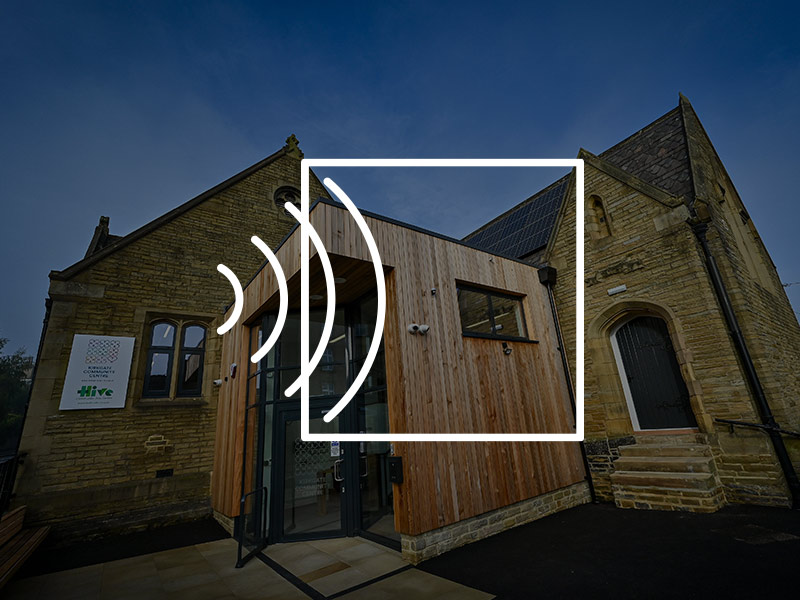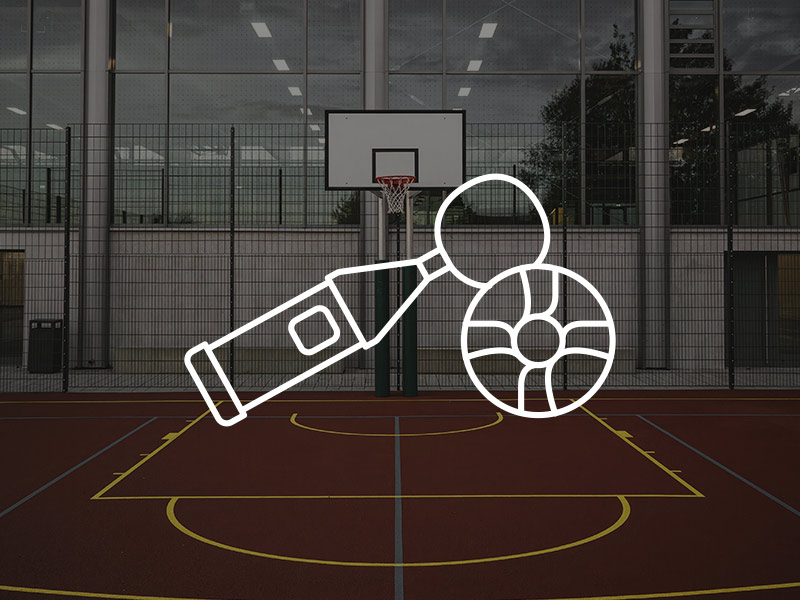Acoustic Consultancy and Design for Breeam HEA05 and POL05.
Acoustic Consultancy, Noise Monitoring & Sound Testing in London and the Home Counties
NOVA Acoustics Ltd is your trusted provider of UKAS-accredited sound insulation testing and expert acoustic consultancy services across London, the Home Counties, and surrounding areas including Berkshire (Reading), Buckinghamshire, Essex (Chelmsford), Hertfordshire, Kent, Surrey, Bedfordshire (Luton), Hampshire, Oxfordshire, Cambridgeshire, Sussex (including Crawley), and Suffolk (Ipswich and surrounding).
Whether you're working on a residential development in Reading, a commercial project in Chelmsford, or a construction site in Ipswich or Luton, our team is equipped to deliver rapid, cost-effective acoustic support—on-site or remotely.
Acoustic Consultancy Services
Our experienced consultants work on a wide range of project types—from commercial developments to infrastructure upgrades and leisure venues. We offer expert guidance for planning applications, acoustic design, and environmental noise control.
Popular consultancy services include:
• Noise Impact Assessments (BS 4142, BS 8233)
• Residential & Industrial Noise Surveys
• Construction Noise & Vibration Monitoring (BS 5228)
• Building & Room Acoustic Design
• Environmental Permit Assessments
• Noise Mapping & 3D Modelling
• Festival & Event Noise Monitoring
• MCS 020 Assessments for Heat Pumps
• Acoustic Enclosures Design
• Expert Witness Services
Sound Insulation Testing (Part E Compliance)
We specialise in sound insulation testing for new builds, conversions, and leasehold properties requiring compliance with Approved Document E of the Building Regulations.
Our service includes:
• Airborne and impact sound insulation testing
• Pre-completion testing and reporting
• Sound insulation design advice
• Testing for Licence to Alter (LTA) applications
We are a UKAS Accredited Testing Laboratory No. 8568, with years of experience handling residential and commercial developments throughout London and surrounding counties.
Installing or upgrading hard flooring in a flat? We can:
• Conduct pre- and post-installation sound testing
• Advise on acoustic design to meet leasehold clauses
• Help ensure that new flooring provides the same or better sound insulation than existing floors
Noise, Vibration & Dust Monitoring
We provide tailored noise, vibration, and dust monitoring solutions for projects throughout Greater London and the surrounding counties, including major urban and rural developments.
Our monitoring services include:
• Construction and demolition sites
• Festivals, entertainment venues, and motorsports
• Industrial and infrastructure projects
Key features:
• Real-time data and cloud-based access
• SMS/email alerts for threshold breaches
• Custom dashboards and automated reporting
• Fully managed or hire-only options
• Power flexibility (240v, battery, or solar)
Our team can also liaise with local authorities to set up and manage Section 61 consent applications, helping your project avoid complaints and remain compliant.
Workplace Noise Risk Assessments
We deliver Noise at Work Surveys across London, the South East, and the Home Counties to help ensure compliance with the Control of Noise at Work Regulations 2005.
Our workplace noise services cover:
• On-site noise exposure assessments
• Risk evaluations for different noise zones
• Identification of control measures
• Hearing protection recommendations
Each assessment includes a comprehensive technical report outlining results, action levels, and practical measures to reduce exposure.
Why Choose NOVA Acoustics?
Sectors We Serve
At NOVA Acoustics Ltd, we deliver tailored acoustic consultancy and testing services across a wide range of sectors. With deep industry knowledge and a flexible, client-focused approach, we help projects of all sizes meet regulatory compliance and achieve optimal acoustic performance.

From new builds to multi-unit developments, we provide sound insulation testing, design advice, and planning support.




Client Testimonials
“I plucked this company out of the air and I am so glad I did. Jaime has been most helpful and produced a report within a short time scale. The service has been first class and I have absolutely no hesitation in recommending NOVA acoustics.”
– Arnot Wilson
“We commissioned NOVA to conduct a sound test at our new house. From the get go Adam was incredibly helpful and knowledgeable. It is rare to meet professionals like that, who also go above and beyond to help and guide you through the process.”
– Na’ama Zisser
“The engineer who conducted the testing was friendly, professional and incredibly thorough. Overall I would say that NOVA provided an outstanding service from start to finish and I would not hesitate to recommend them.”
– Joe Bentley
“Really pleased with the service received from NOVA Acoustics on a recent noise risk assessment of our production room. The engineer Tom was great throughout and the report was clear and has made managing our noise control measures simple and effective.”
– Daniel Pontin
“NOVA Acoustics have been beyond helpful. Super speedy response and excellent communication. The noise impact assessment has been completed at a very fair price, and I’m really happy I chose NOVA Acoustics for the job.”
– Kelly Creates
“I used NOVA for acoustic reports for a project I’m working on converting retail units to residential, they was prompt, informative and well priced. I wouldn’t hesitate to use them again.”
– Peter Goldthorpe
“We have used NOVA Acoustics for a sound testing for installation of a new floor. Tom the engineer was very thorough, prompt and professional.”
– Anna Jóga
“Ryan and his team were very professional, installing monitoring equipment regarding a proposed planning application. We can definitely recommend NOVA Acoustics Ltd.”
– Pauline Whittle
NOVA Acoustics Ltd London Office
Address: 34, 35 Hatton Garden, London EC1N 8JY, United Kingdom
Phone Number: 0203 3756160
Email: london@novaacoustics.co.uk
Our Service Coverage
Our consultancy network allows us to serve clients quickly and efficiently, whether you’re located in: London (all boroughs), The Home Counties – Berkshire (Reading), Buckinghamshire, Essex (Chelmsford), Hertfordshire, Kent, Surrey, Southeast Counties – Bedfordshire (Luton), Hampshire, Oxfordshire, Cambridgeshire, East & South Counties – Suffolk (Ipswich) and Sussex (including Crawley).
We offer on-site visits, remote reporting, and fully mobile monitoring setups for rural or hard-to-access areas. This means you can expect the same expert service, no matter your location.
FAQs
Do I need a sound insulation test to meet Part E of the Building Regulations?
Yes. If you’re building new dwellings or converting existing ones into flats or houses, you must demonstrate compliance with Approved Document E by conducting pre-completion sound insulation testing between adjoining walls and floors.
What is a BS8233 Residential Noise Survey and when is it required?
A BS8233 noise survey assesses whether environmental noise levels are suitable for residential developments. It is typically required during the planning process for new housing projects, especially in busy areas like London or near major roads in counties like Kent and Sussex.
What is a BS4142 noise assessment?
BS4142 assessments evaluate industrial or commercial noise (e.g., from plant equipment or air source heat pumps) and its impact on nearby residents. It’s a critical requirement for planning applications involving mechanical installations or industrial use.
What is Section 61 and why does it matter?
Section 61 of the Control of Pollution Act 1974 allows construction developers to apply for prior consent from the Local Authority for noisy works. In busy urban areas like London or Crawley, obtaining Section 61 consent can help avoid complaints, project delays, and legal penalties.
How much does a sound insulation test cost in London and surrounding counties?
Costs vary by project size, but prices are generally competitive due to our wide network. For example, testing in Greater London or Surrey typically starts from around £325 + VAT. Contact us for an accurate quote based on your site’s specifics.
Who can carry out a sound insulation test or noise survey?
Only accredited professionals (such as UKAS-accredited testers or Members of the Institute of Acoustics) should perform these tests. NOVA Acoustics Ltd is UKAS-accredited and operates across London, the Home Counties and the South East.
When should I schedule my pre-completion sound testing?
Testing should be carried out once all internal construction is complete—doors, windows, floors, ceilings, and finishes should be installed. Ideally, schedule testing at least 5 working days before handover to avoid delays.
What happens if my property fails a sound insulation test?
We’ll identify why the structure failed (e.g., poor sealing or structural flanking), advise you on corrective steps, and re-test once improvements are made. Our consultants provide remedial design advice to help you pass on re-test.
Do I need noise monitoring on my construction site in London?
Yes, if your site is near sensitive receptors like residential areas, schools, or hospitals. Monitoring helps meet planning requirements, avoids complaints, and ensures compliance with Section 61 and BS 5228 guidelines.
What noise and vibration monitoring equipment do you use?
We use Class 1 sound level meters and triaxial vibration sensors capable of real-time data logging. These are suitable for BS 4142, BS 5228, and BS 6472 compliance and can be deployed across sites in Sussex, Oxfordshire, and beyond.
What is a Noise at Work risk assessment and why is it needed?
A Noise at Work survey measures occupational noise exposure and helps employers comply with the Control of Noise at Work Regulations 2005. It’s vital for industries in Essex, Hertfordshire, and other manufacturing-heavy counties.
What are lower and upper exposure action values in workplace noise?
The lower action value is 80 dB(A) and the upper action value is 85 dB(A). If these are exceeded, employers must take action such as providing hearing protection, implementing controls, and offering health surveillance.
Do I need sound testing before installing hard flooring in a leased London flat?
Yes, many leases in places like London or Surrey require sound insulation performance equal to or better than existing carpets. We recommend pre- and post-installation testing plus acoustic design consultation to avoid lease violations.
What is a flanking transmission in sound testing?
Flanking occurs when sound travels indirectly through structural elements (e.g., walls or floors) that aren’t part of the separating construction. It’s a common reason for failed tests and must be addressed in design.
Where do you provide services in London and the surrounding counties?
We cover all of Greater London and the Home Counties, including Berkshire, Buckinghamshire, Essex, Hertfordshire, Kent, and Surrey. We also operate in Bedfordshire, Hampshire, Oxfordshire, Cambridgeshire, Sussex, and Crawley, offering both on-site and remote services tailored to your needs.
Do you provide on-site acoustic consultancy in all London boroughs?
Yes. Our consultants cover every borough in Greater London, including Westminster, Camden, Islington, Tower Hamlets, and beyond. We provide both on-site visits and remote support, depending on your project needs.
Can you carry out sound insulation testing for residential developments?
Absolutely. We regularly perform Part E pre-completion sound insulation tests in Reading, Luton, and other areas across the Home Counties. Our UKAS-accredited team ensures full compliance with Building Regulations.
Do you cover commercial projects?
Yes. From commercial offices in Chelmsford to retail spaces in Crawley or mixed-use developments in Ipswich, our team delivers noise surveys, monitoring, and acoustic design tailored to your sector.
How quickly can you mobilise for urgent testing in Central London?
We can usually mobilise within 24–48 hours for urgent projects in London. For larger developments, advance scheduling is recommended to ensure smooth site coordination.
Are your consultants familiar with local planning requirements in London councils (e.g., Westminster, Camden, Tower Hamlets)?
Yes. Our consultants have extensive experience liaising with local planning departments across London. We regularly prepare BS8233 and BS4142 noise assessments to meet borough-specific planning requirements.
What’s included in a BS8233 residential noise survey for planning in London?
A BS8233 survey measures baseline noise levels at your site and provides expert recommendations on façade design, glazing, and ventilation to ensure compliance with residential noise standards.
Do you provide acoustic design advice for schools and healthcare projects?
Yes. We design acoustic solutions for classrooms, lecture halls, hospitals, and care facilities in line with BB93 and HTM standards, ensuring optimal environments for learning, recovery, and privacy.
Can you assist with MCS 020 noise assessments for heat pumps in residential areas?
Yes. We conduct MCS 020 assessments to ensure domestic heat pump installations comply with permitted development rules, helping avoid planning objections.
Do you liaise with local authorities for planning and environmental noise applications?
Yes. We frequently prepare reports and liaise with planning officers, Environmental Health teams, and local councils to smooth approval processes.
Do I need sound insulation testing for a flat conversion in Central London?
Yes. If you are converting a property into flats or apartments, you must carry out pre-completion sound testing to demonstrate compliance with Part E of the Building Regulations.
Can you help with Licence to Alter sound testing for leasehold properties in London?
Yes. Many leasehold agreements require sound insulation testing before and after hard flooring installation. We provide the necessary tests and reports to satisfy Licence to Alter clauses.
Do you provide pre-completion sound testing for housing projects?
Yes. Our team regularly travels across Oxfordshire, Bedfordshire, and nearby counties to complete pre-completion testing for developers and contractors.
What happens if my property fails a Part E sound insulation test?
If a property fails, we identify the likely cause (e.g., poor detailing, flanking paths) and provide design advice or remedial strategies to achieve compliance. Retesting can then be arranged.
Do I need Section 61 consent for construction projects in London?
Section 61 consent is often required for construction or demolition projects in London to control noise impact. We can prepare applications and provide ongoing monitoring to demonstrate compliance.
Can you set up real-time monitoring for demolition sites?
Yes. We provide fully managed monitoring with real-time dashboards and SMS/email alerts for projects across Kent, Surrey, and surrounding areas.
Do you provide noise monitoring for festivals or motorsports events?
Yes. We set up temporary monitoring stations at outdoor events such as music festivals or motorsports venues to ensure compliance with licence conditions.
Do you offer managed monitoring services for large infrastructure projects?
Yes. For large-scale projects, we provide end-to-end monitoring, compliance reporting, and liaison with local authorities.
What’s the difference between lower and upper exposure action values?
The lower exposure action value is 80 dB(A), where employers must provide hearing protection and information. The upper value is 85 dB(A), requiring additional measures such as hearing protection zones.
Can you provide tailored reports for multi-site businesses across the Home Counties?
Yes. We deliver consistent reporting across multiple sites, helping large businesses manage compliance efficiently.
Do you offer package pricing for multiple flats or large housing developments?
Yes. We provide discounted rates for developers requiring testing across multiple plots, helping reduce per-unit costs.
How long does it take to receive results after testing or monitoring?
For most sound insulation tests, results are available the same day, with a full UKAS-accredited report issued within 24–48 hours.
Can you provide a quotation before planning approval is submitted?
Yes. We provide free, no-obligation quotations at any stage, including pre-planning, to help you budget and plan ahead.
Who we work with


















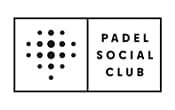









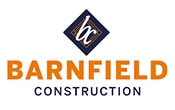




















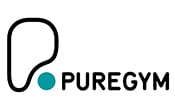











Recent Projects
Reverberation Testing, Consultancy, Design and Installation of Acoustic Panelling.
Acoustic Consultancy and Design for RIBA Stages 3 and 4 for redevelopment to form a Hotel.












